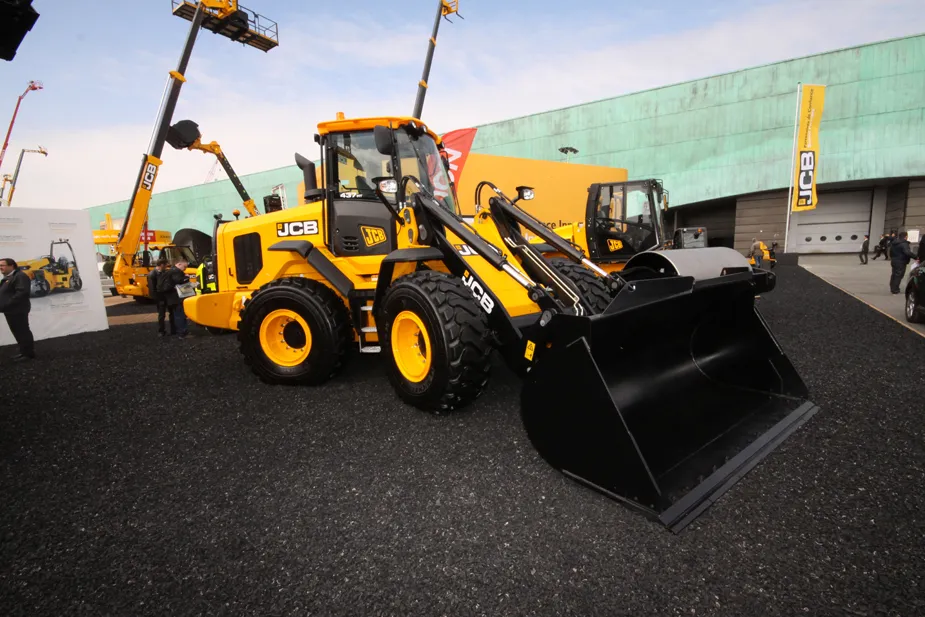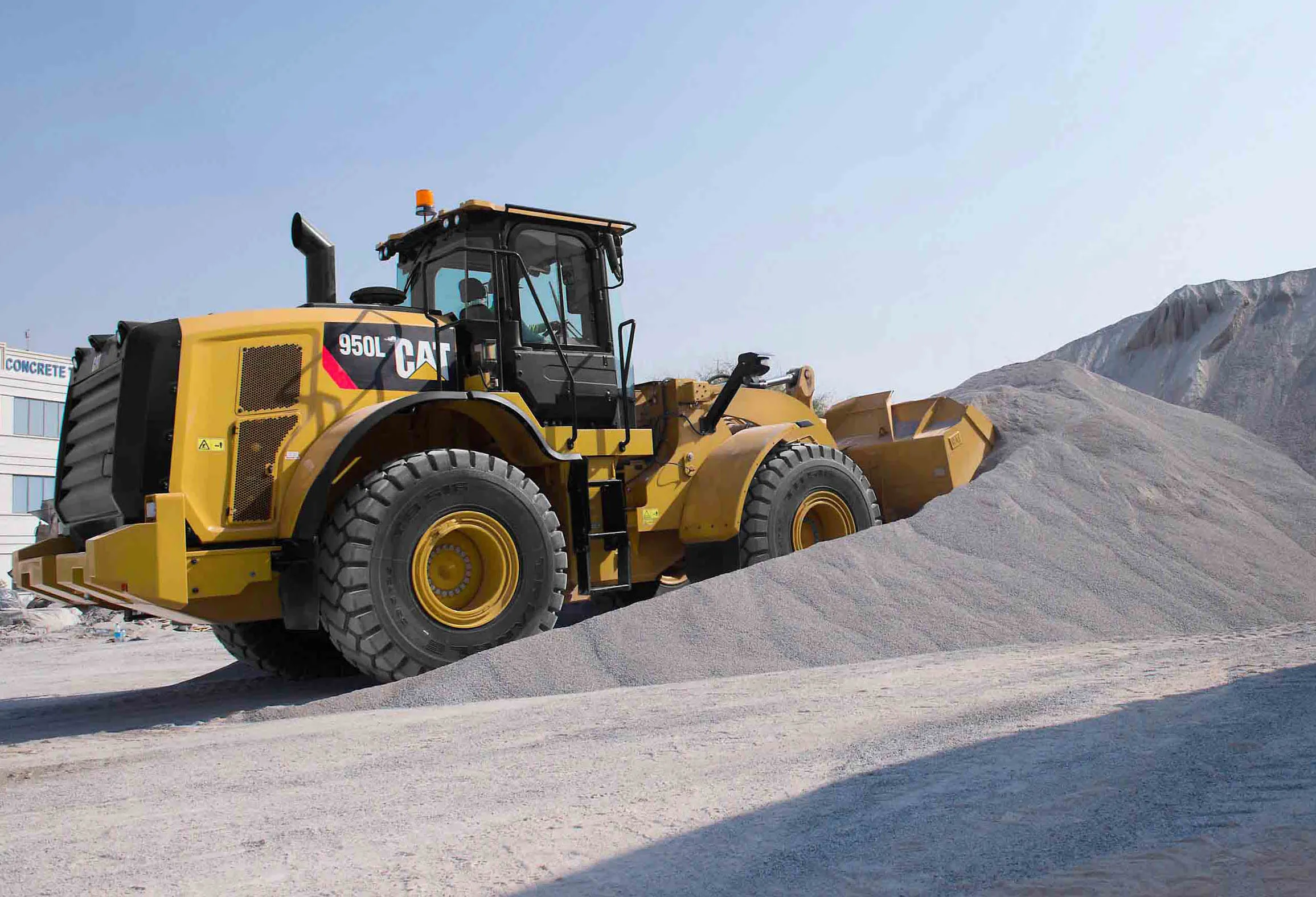
JCB says that it is celebrating 70 years of its backhoe loader with what it says are platinum editions of the 3CX and 4CX models.
In a press release, the company said that its founder, Joseph Bamford, “invented the backhoe concept”. The first JCB model was manufactured in 1953 after he combined a lightweight backhoe with a Major Loadall tractor loader. “It created, for the first time, a single machine which combined a front shovel and rear excavator arm.”
More than 900,000 have been made in the UK, India and Brazil. A total of 70 limited-edition 70th birthday 3CX PRO and 4 CX PRO machines will be manufactured.
“The backhoe loader is an incredibly versatile machine and thanks to continued innovation and evolution, it remains just as relevant today as the day it was first invented,” said Bamford.
The platinum edition models will have servo excavator controls, Powerslide, air conditioning and bi-directional auxiliary flow hydraulics. The machines will bear limited edition decals and grille badge and have platinum-coloured wheels. In the cab there will be an embroidered graphic in the carpet and upgraded seat material with 70th anniversary branding, along with a steering wheel centre cap featuring the 70th logo.
JCB said that it has continued to develop and enhance the backhoe loader concept, with turbocharged engines, powershift transmissions, all-wheel drive and extending dipper arms. The machine broadened in appeal with the launch of the skid-steer-based 1CX, the all-wheel steer 3CX Compact and the larger 4CX and 5CX equal-sized wheel machines.








